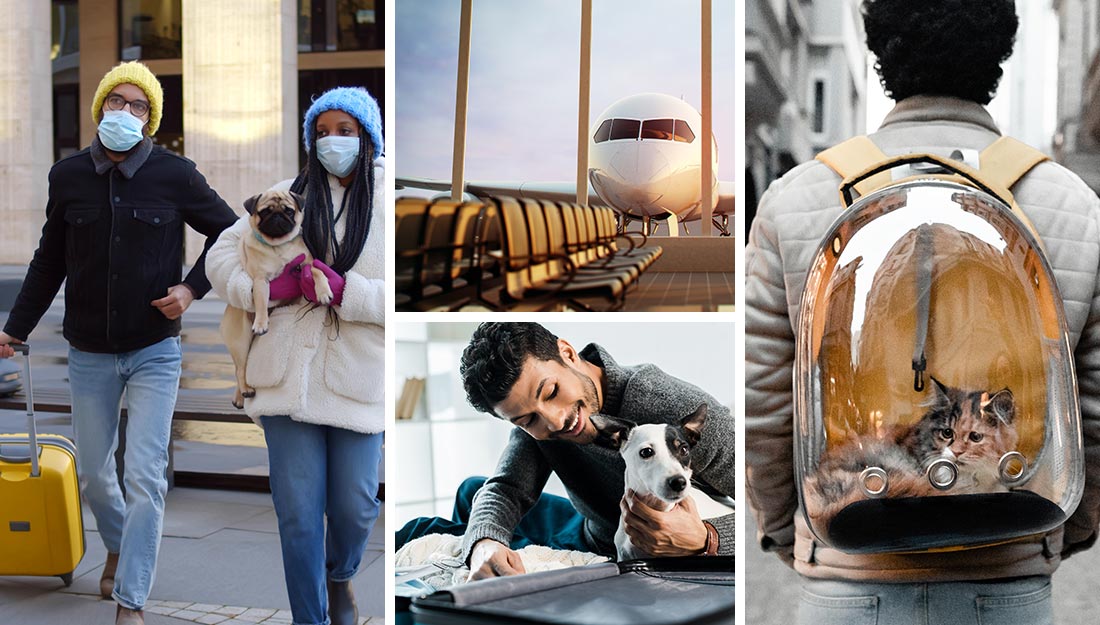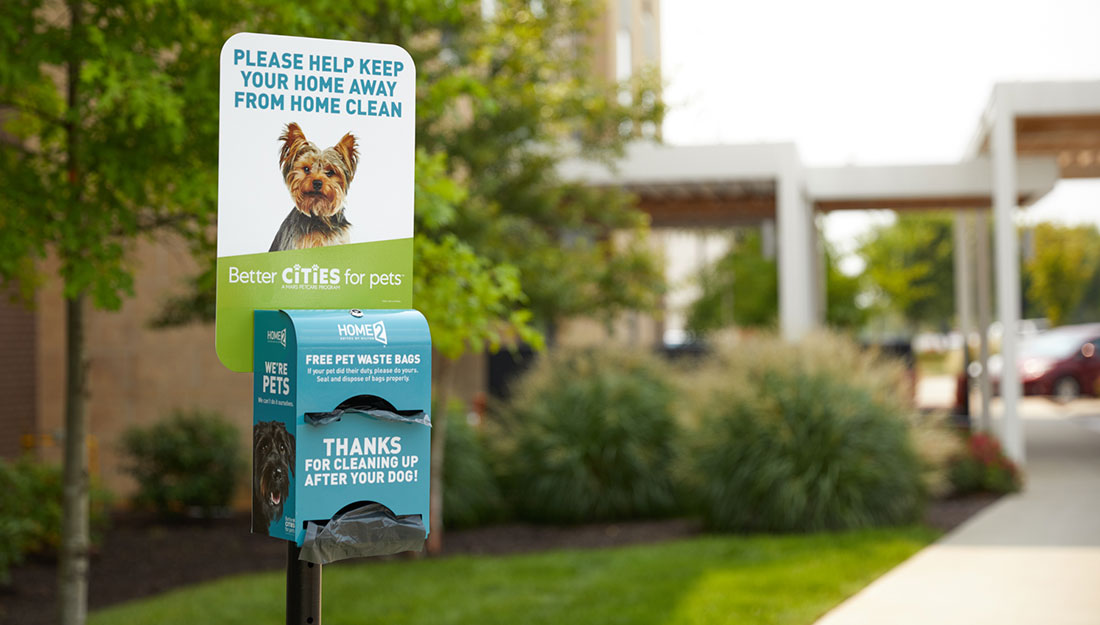Unlike humans, our pets cannot tell us when they do not feel well or what is hurting them. If they have an injury or fall ill, and signs are not visible to the naked eye, it can be difficult to determine what may be wrong. And even when the root of the issue appears to be clear, there may be underlying issues that require further exploration.
Knowing more about the signs and symptoms of a pet emergency can help you recognize if your pet needs immediate medical attention or if it can wait. Here, Adam Lancaster, DVM, DACVECC of BluePearl Specialty and Emergency Pet Hospital, shares his insights on when it’s time to bring your pet into an emergency pet hospital.
When is it a true pet emergency?
The rate of onset, duration and severity of symptoms are clues that may indicate something is an emergency. For instance, a dog vomiting a small amount one time, without any change in attitude, may not require any intervention. However, if there is profuse vomiting, multiple times, that is something that should be evaluated.
Additionally, if your pet seems tired after playing hard, this is likely to be normal. But if your pet suddenly is extremely tired or collapses in the middle of playing, this may be an emergency and you should seek emergency care. These are just a few examples. The best advice I can give is if you think it is an emergency, call your veterinarian or local veterinary ER or seek immediate veterinary care.
What are signs that you should immediately bring your pet to the ER?
In addition to collapse, other signs or symptoms that should always be evaluated by a veterinarian include:
- Trauma (i.e., hit by a car or had any other major traumatic event)
- Difficulty breathing
- Convulsions or seizures
- Ingested poison or a toxic substance (here’s a list of common household dangers)
- Pale or blue gums
- Inability to urinate
- Uncontrolled bleeding
- Persistent or severe vomiting or diarrhea
- Lethargy or lack of appetite
- Swollen or distended abdomen
What can you do to prepare for a pet emergency while traveling?
Know where the two or three emergency rooms are in the area you will be travelling. Additionally, have the contact information for your primary care veterinarian and any specialists your pet may be seeing, so that they can be contacted for records.
It is also best practice to bring a copy of your pet records along with you when traveling. If your pet has any chronic conditions, takes medications or is on a prescriptive diet, make sure you have enough medications and food for the duration of the trip (plus a little extra).
As an added layer of protection, consider pet insurance. Lifesaving, emergency veterinary care can be costly, and many people are not prepared for this expense. With pet insurance, veterinarians can perform the medicine and diagnostics needed while the owner can worry-less about finances.
What should I do if I notice something is wrong?
First, stay calm. Second, call your primary care veterinarian or the nearest ER to see if they think this is an emergency and warrants a trip to the emergency room. In the event of a life-threatening emergency, proceed directly to the nearest emergency room.
What can a pet owner expect once arriving at the pet ER?
The ER is likely to be very busy. Upon arrival, you will check in and, if the problem is a serious one, someone is likely to come out and triage your pet. This means they are going to determine how urgent the problem is by asking some basic questions and looking briefly at your pet.
If the emergency is deemed urgent or life-threatening, they may take your pet into the treatment area to start stabilizing them and you may be required to sign a document that authorizes treatments to be performed while you finish checking in. If you think your pet is undergoing a life-threatening emergency, call the ER ahead of your arrival to they can prepare.
If your pet is not experiencing a life-threatening emergency, you may be put into an exam room or have to wait in the lobby. Keep in mind that pets are seen in order of severity of illness, not how long you and your pet have been waiting. If you are waiting for a while and see other patients being seen before your pet, consider yourself lucky. This simply means your pet is not as sick as the others. Once you are seen, the doctor will make recommendations for diagnostics and treatments.
Most BluePearl Pet Hospitals are open 24 hours a day, 365 days a year with a full medical team to help treat pets in a crisis situation. If your pet is experiencing a life-threatening emergency, contact your nearest BluePearl Pet Hospital right away.






 Your Privacy Choices
Your Privacy Choices